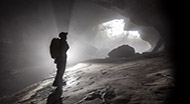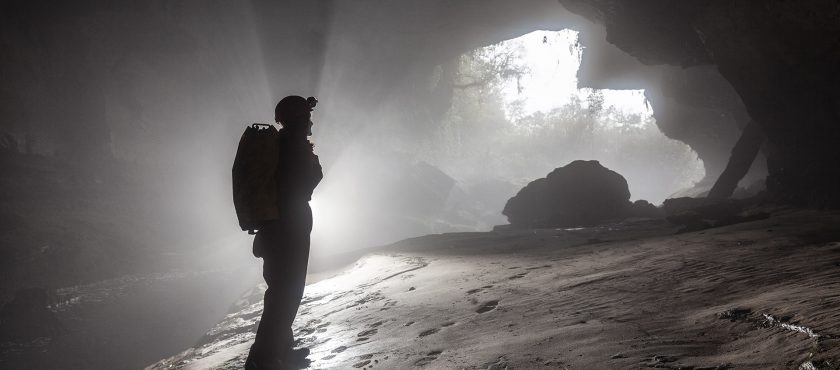For millennia, caves have served as shelters for prehistoric humans. Caves have also intrigued scholars from early Chinese naturalists to Charles Darwin. A cave ecologist has been in and out of these subterranean ecosystems, examining the unique life f…
Exploring the possibility of extraterrestrial life living in caves


